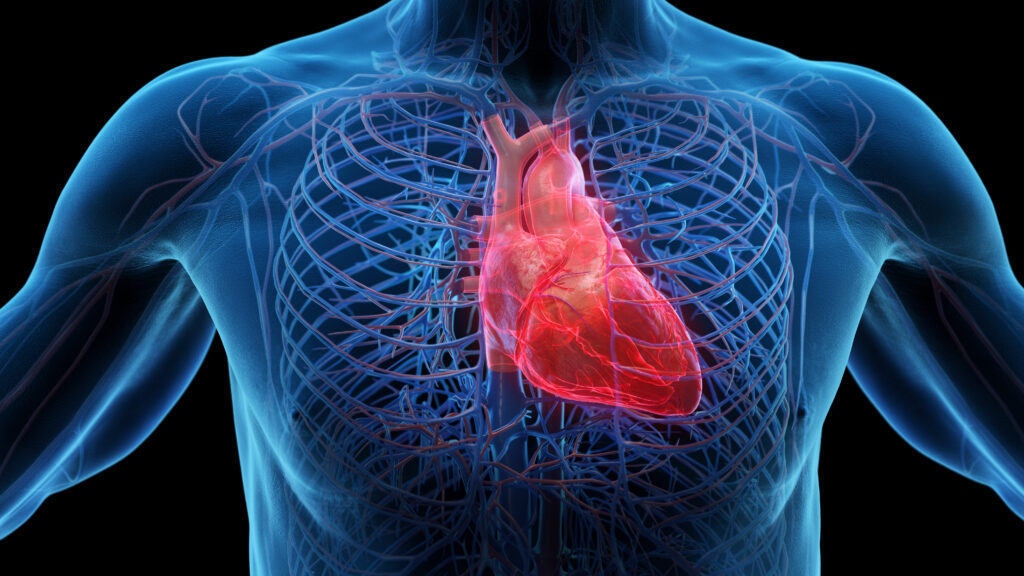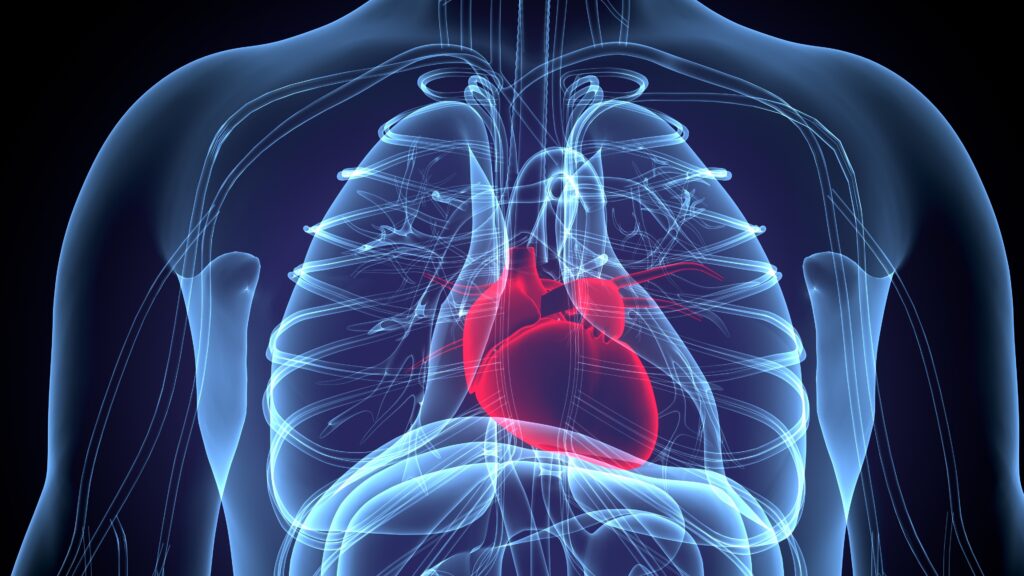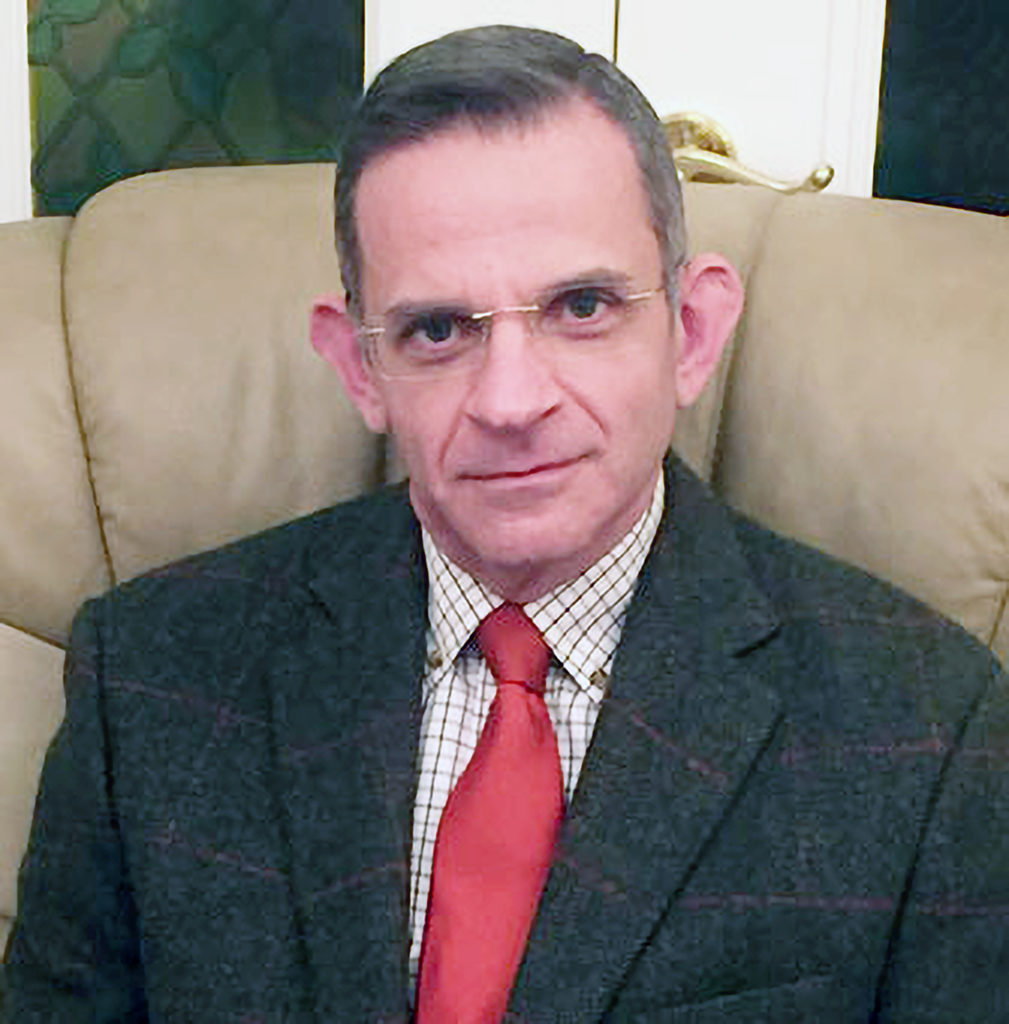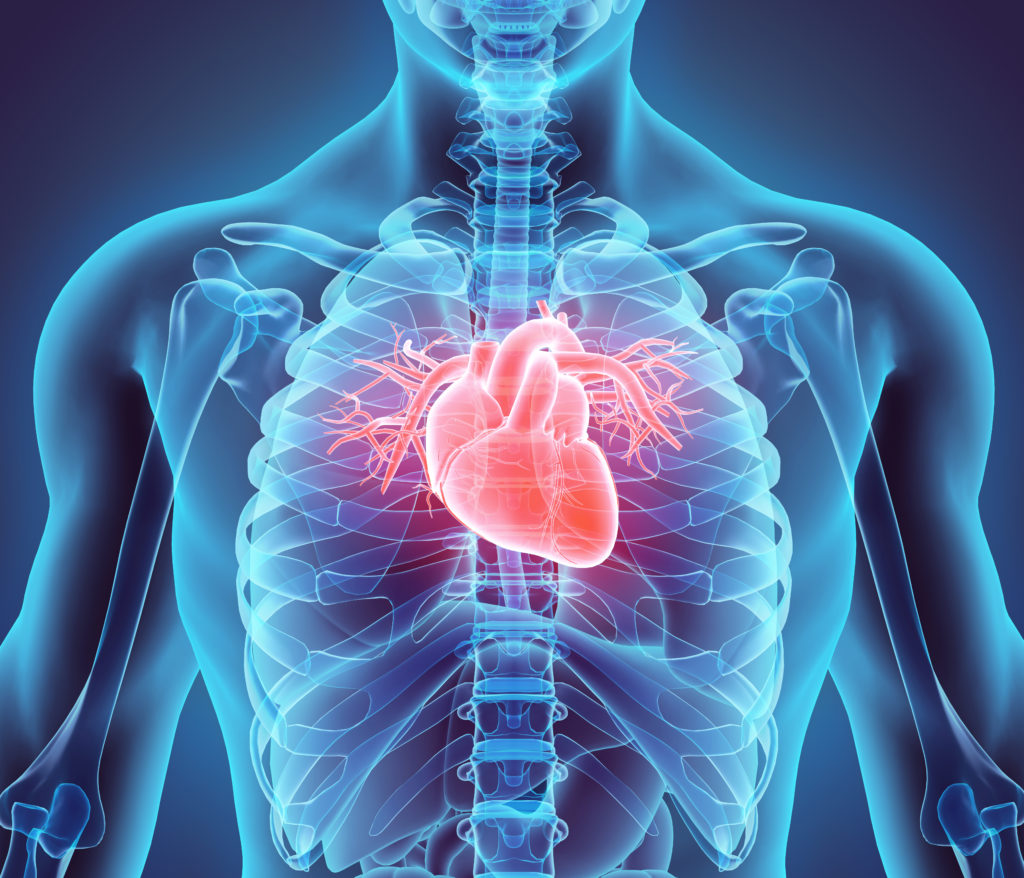Introduction: Implantable cardiac defibrillators (ICDs) are a lifesaving therapy for children at risk of life-threatening arrhythmias. Often, such children will present with sudden cardiac arrest, and ICDs are vital for secondary prevention of further life-threatening events. If high-risk young patients are identified early, ICDs can ideally be implanted for primary prevention.
Method: We performed a search of our patient database to identify all children referred to Alder Hey Children’s Hospital for ICD insertion between January 2017 and June 2023. We reviewed the case notes of all patients with an ICD implanted and collected data relating to underlying diagnosis, follow up, shocks delivered and complications.
Results: We identified 17 patients with ICDs during the 6-year period; 14 (82%) of which were inserted for secondary prevention following sudden cardiac arrest; the remaining 3 (18%) for primary prevention. In the overall cohort of patients, there were 9 males (53%) and 8 females (47%). Patients ranged from 6–15 years at the time of implantation (mean age 10 years, 7 months) and mean bodyweight at implantation was 43.9 kg. The most common diagnosis was long QT syndrome, affecting 6 patients (35%).
All devices were in situ for at least 13 months, with a mean time from implantation of >3 years (38 months). Patients received a total of 239 face-to-face follow up appointments, which equates to 5 face-to-face follow up visits per patient per year of implantation. A further 751 remote CareLink follow ups were performed.
In total, 25 shocks were delivered to 3 different patients, all 3 of whom had different subtypes of long QT syndrome. One single patient with long QT type 68 received 22 shocks during the study period. We identified 2 inappropriate shocks delivered to a single patient, both as a result of atrial flutter. The rate of inappropriate shocks during this study period was calculated at 1 shock per 9,885 implanted days. We found zero lead complications and zero ICD extractions amongst our patients.
Conclusions/implications: This study identifies long QT syndrome as the highest risk patient group for ICD use and suggests that these patients should be a particular focus for follow up.
We believe that our overall shock rates were low because of close patient surveillance through regular face-to-face follow ups and home monitoring. Patients received on average 5 follow up clinic visits each year with review of height, weight, clinical status and medication, leaving little opportunity for their medical status to deteriorate. Inappropriate shock rates were very low, and delivered to only 1 single patient as a result of atrial flutter. Along with our zero complications, this demonstrates the success of our intensive follow-up programme. ❑














